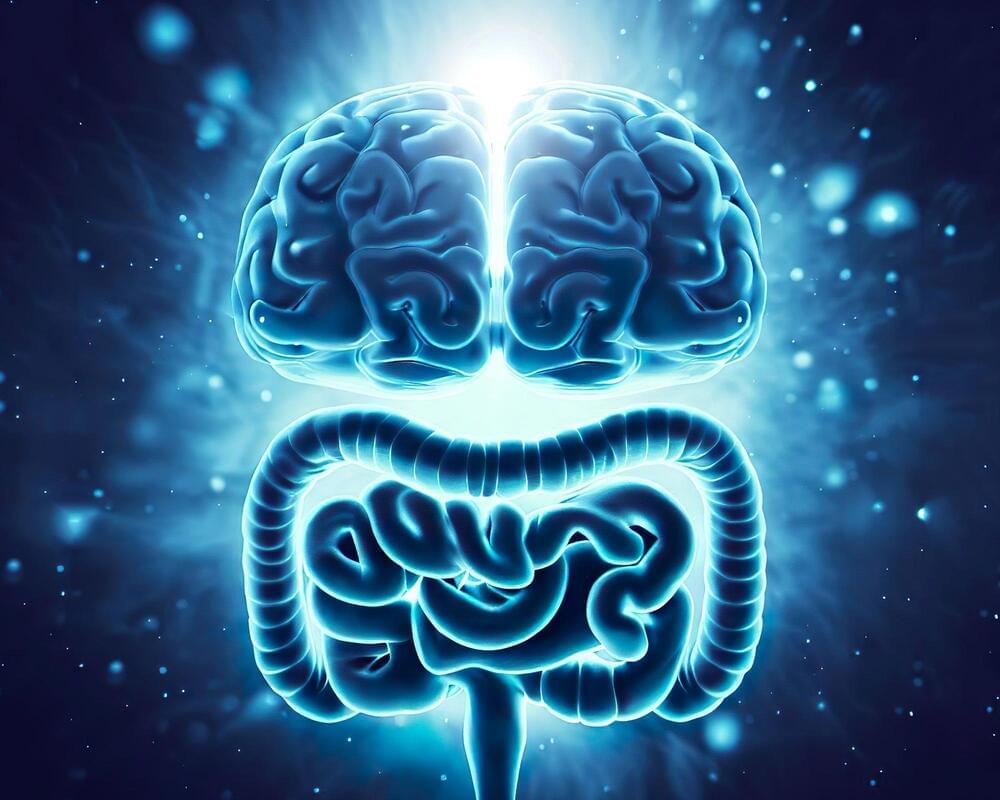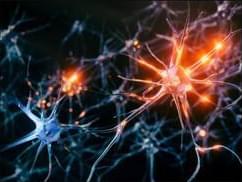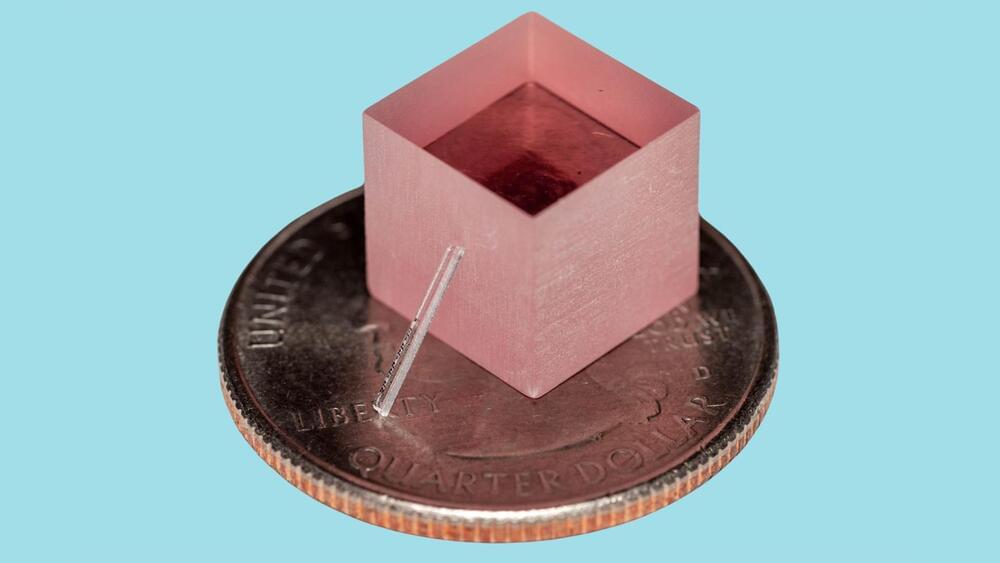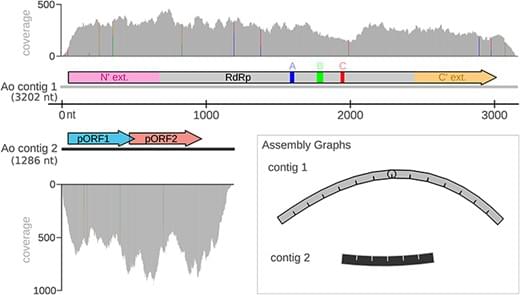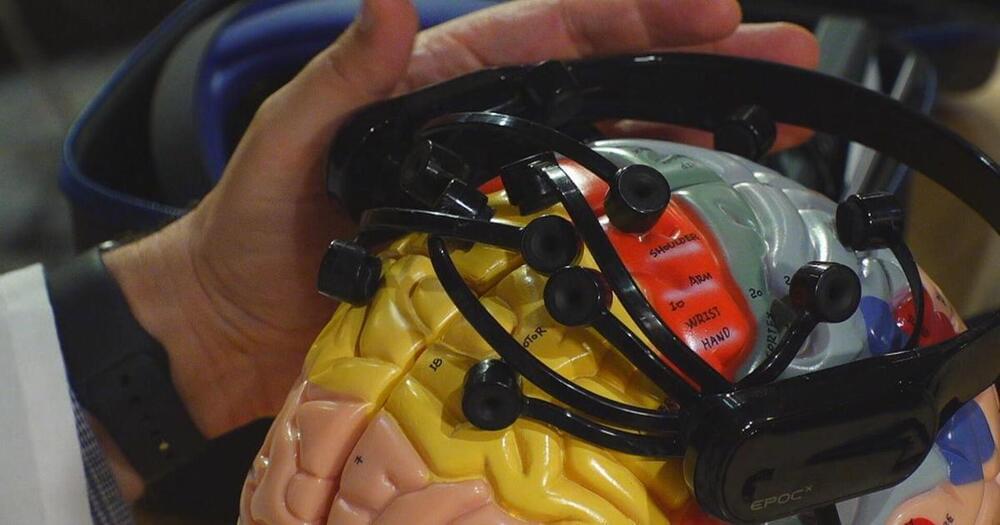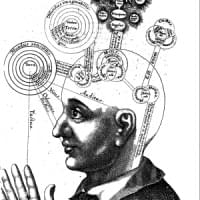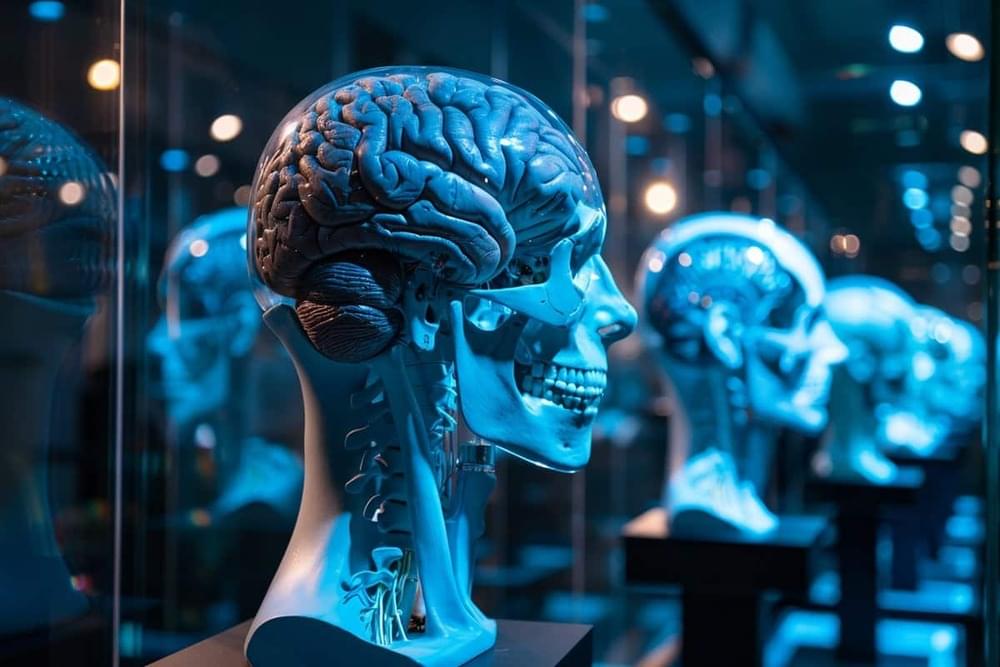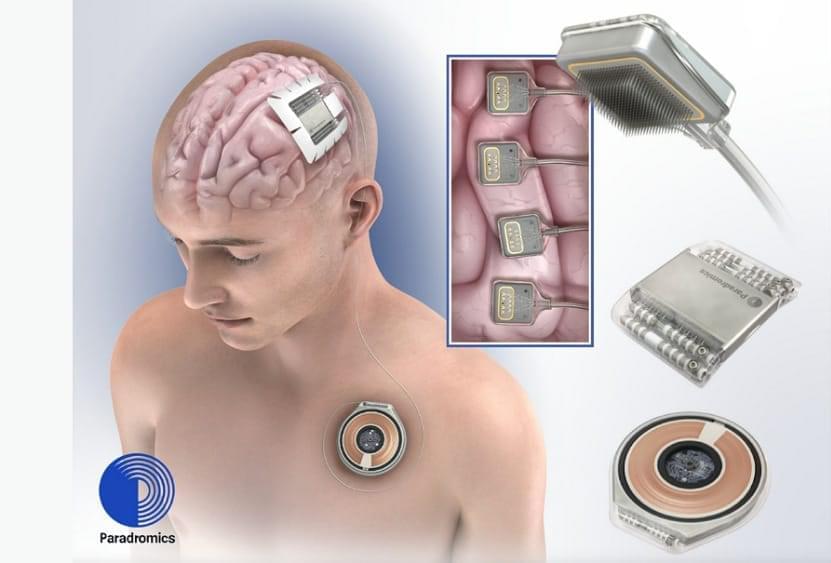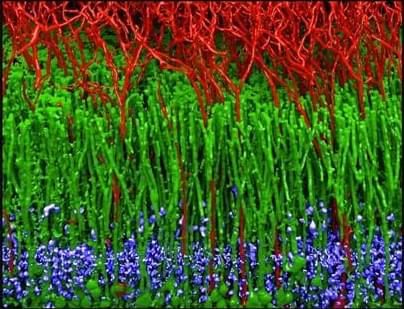Jun 29, 2024
The Secret to Resiliency: It’s in Your Gut and Brain
Posted by Saúl Morales Rodriguéz in categories: biotech/medical, health, neuroscience
A UCLA Health study explored the traits of resilient individuals, discovering significant neural activities in the brain regions for cognition and emotional regulation, and healthy gut microbiome activities.
The research highlighted differences in microbiome metabolites and gene activity, indicating lower inflammation and better gut health in resilient people compared to less resilient individuals. This comprehensive approach may lead to interventions that enhance resilience to stress, possibly preventing various health issues.
Resilience and Health.
